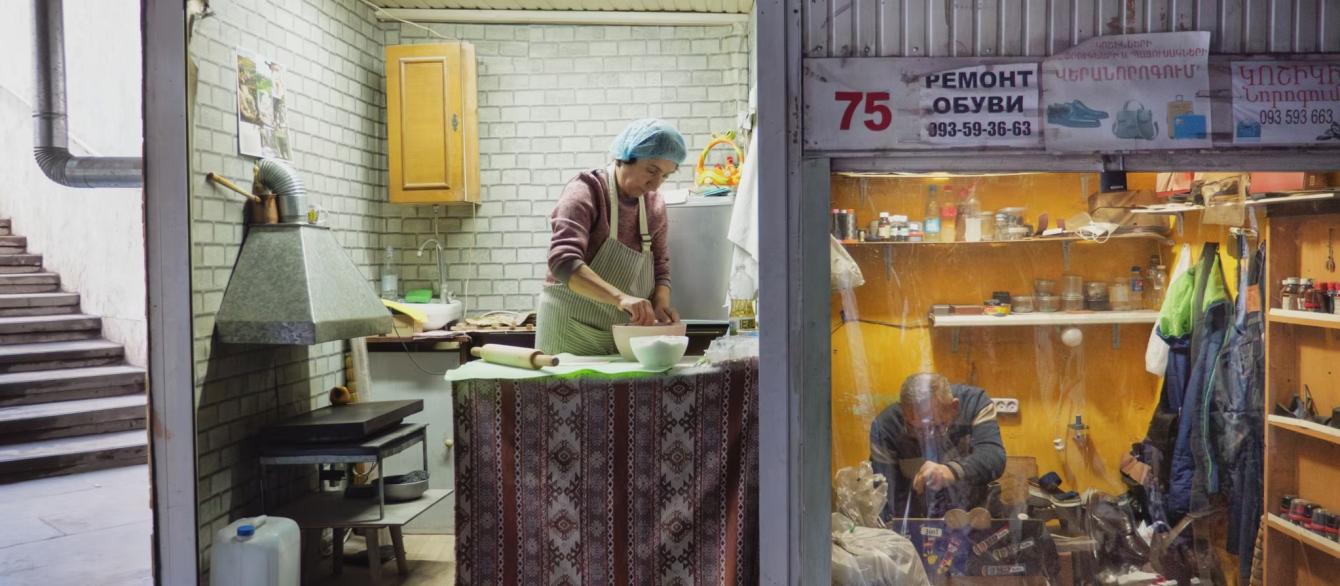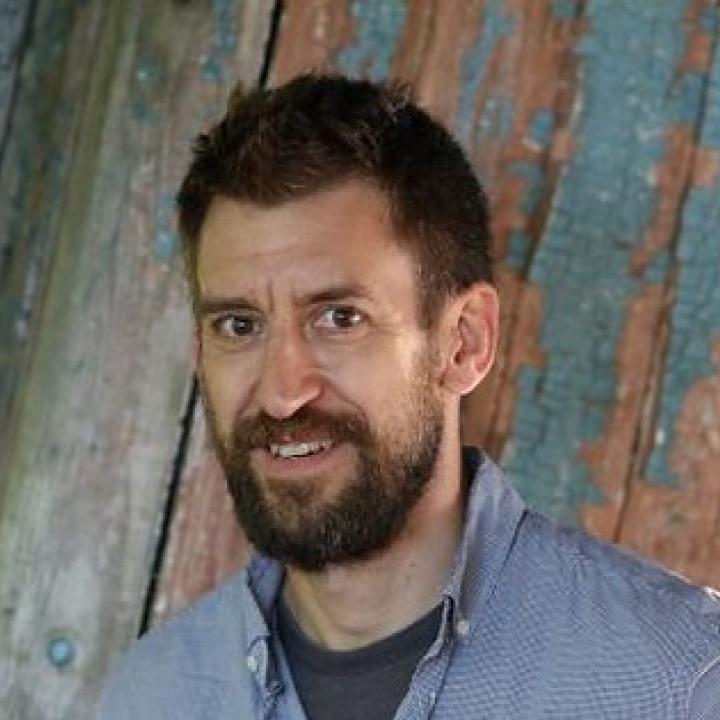This is an excerpt from a longer article originally published Sept. 20 on the RFE/RL website, with reporting contributed by RFE/RL's Armenian and Azerbaijani services.
While Tatevik Khachatrian was forced to leave everything behind one year ago, Vasila Mammadova is hopeful that, for the first time in 30 years, there was a chance she might get everything back.
On Sept. 19, 2023, Azerbaijan launched an offensive to recapture Nagorno-Karabakh, the territory it had lost to Armenian forces in the 1990s. Within 24 hours, Karabakh's Armenian de facto leadership surrendered and, in the days that followed, nearly the entire population of the territory, virtually all ethnic Armenians, fled. They included Khachatrian, a journalist, and her husband and young son.
It was the second time the territory had been completely emptied of one ethnic group since the collapse of the Soviet Union. When Armenian forces won the first war between the two sides in the 1990s, the entire ethnic Azerbaijani population fled. Those fleeing included Mammadova and her family, farmers from the village of Xocali (a.k.a. Khojaly) — the site of the worst massacre of civilians during the first war.
One year on, Azerbaijan is trying to rebuild and resettle the territories it retook. Mammadova, who since the 1990s has lived in a settlement for displaced people in Pirsagi, about 30 kilometers north of Baku, visited Xocali on a government-sponsored trip after last year's offensive.
"I imagined Xocali as a city of ghosts, where ghosts of people who had been killed there were flying in the sky. Where, wherever you dig, people's bones come to the surface," she said. "But my impression from the first visit was different and mostly positive. A lot of new buildings have been built in the last year. Everything has changed." Mammadova hopes to move back next year.
Meanwhile, the Armenians who fled Karabakh are trying to rebuild their lives. Khachatrian and six members of her extended family live in a distant suburb of Yerevan, in an apartment that hasn't been renovated since the Soviet era yet still stretches their budget. She gets the impression that the Armenian government is trying to get people to forget about them.
"After all these tragic events, not even a day of mourning was declared in Armenia. There is no day of either commemoration or celebration about Artsakh," she said, using an alternative Armenian name for Karabakh. "It seems that an attempt is being made to finally close the page on the Republic of Artsakh."
Rebuilding Karabakh
The Nagorno-Karabakh Autonomous Oblast was part of Soviet Azerbaijan, but its population was about 75 percent ethnic Armenian. As the Soviet Union collapsed, war over the territory broke out and Armenian-backed separatists managed to seize control. They also took control of seven adjacent Azerbaijani districts — populated almost only by ethnic Azerbaijanis — forcing the entire population of more than 600,000 to flee.
Diplomatic efforts to settle the conflict brought little progress. The two sides fought another war in 2020 that lasted six weeks before a Russian-brokered cease-fire, resulting in Armenia losing control over parts of the region and the seven adjacent districts. The two sides started negotiations over a full resolution of the conflict, but, in 2023, Azerbaijan, impatient with the progress of those talks, launched a one-day offensive that resulted in the Karabakh leadership's full surrender and the exodus of more than 100,000 ethnic Armenians.
Azerbaijani reconstruction of the seven districts outside of Karabakh began in 2020 but has been complicated by the fact that the former cities and villages had been mostly razed since the 1990s and much of the territory mined. The parts of Karabakh that Azerbaijan retook in 2023 were largely still populated, so infrastructure was largely intact and has been easy for Azerbaijan to repurpose over the last year.
Workers have removed the Armenian inscriptions over the buildings of the former Artsakh State University in preparation for opening the new Karabakh University. (Under Soviet rule, it was the Stepanakert State Pedagogical Institute.) They have torn down buildings built by the former separatist authorities, such as the de facto parliament building and a hall of veterans.
Azerbaijani President Ilham Aliyev celebrated the destruction of those two buildings on a visit in March to mark the Norouz holiday. "There is no longer any trace of separatists here," he said. "The Norouz bonfire is doing the final cleaning."
Other demolitions have taken place in greater secrecy. A 19th-century Armenian church in the town of Susa (known to Armenians as Shushi) has been destroyed, according to satellite imagery examined by Caucasus Heritage Watch, an academic organization documenting the fate of cultural heritage in the region. Other Armenian heritage sites have also been razed, in particular those that have stood in the way of Azerbaijan's ambitious road-building projects, the organization has reported.
Despite the rapid construction, repopulation of Karabakh has gone slowly. As of the end of July, close to 8,000 former residents had moved back to the territories that Azerbaijan retook since 2020 — nearly all of them to districts outside of Nagorno-Karabakh — according to Azerbaijani state figures. About 3,000 more have moved to the region's main city, Xankendi, known by Armenians as Stepanakert, to work, including at Xankendi University, which is scheduled to start instruction to a further 1,100 students in the fall semester.
One of the few formerly Azerbaijani-populated areas retaken by Azerbaijan in 2023 was Xocali, Mammadova's home village. As of June, 50 families had moved back and officials promised that 228 will have done so by the end of the year.
The reconstruction process has been plagued by criticisms of corruption, inefficiency, and a failure to take into account what residents want. Aliyev visited Xocali in May to show off a new multistory apartment complex. But what Mammadova wants is the village life she used to have.
Her son visited Xocali shortly after the September 2023 offensive and found the foundation of their house still standing. But when the family returned for another visit months later, they found a construction site where their house had been; only a few hazelnut trees remained.
Text © 2024 RFE/RL, Inc. Used with the permission of Radio Free Europe/Radio Liberty.






